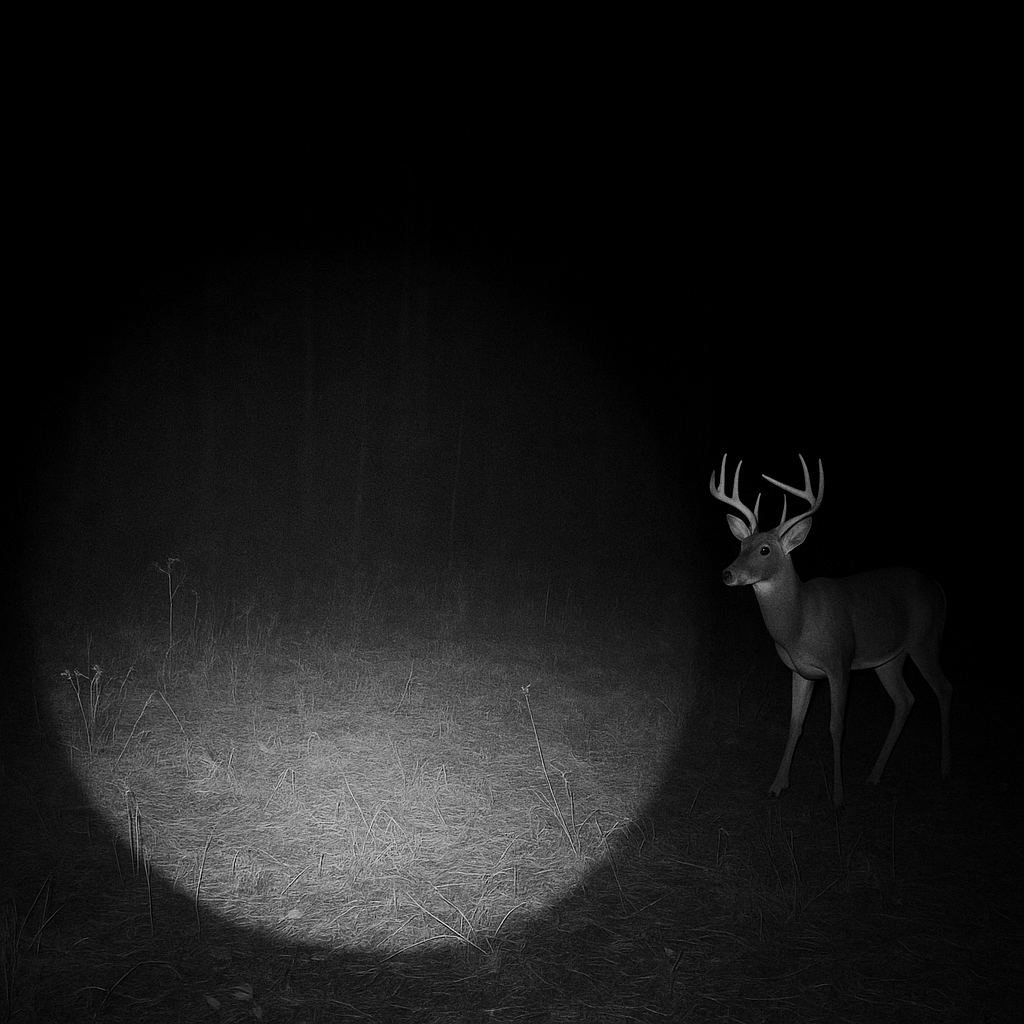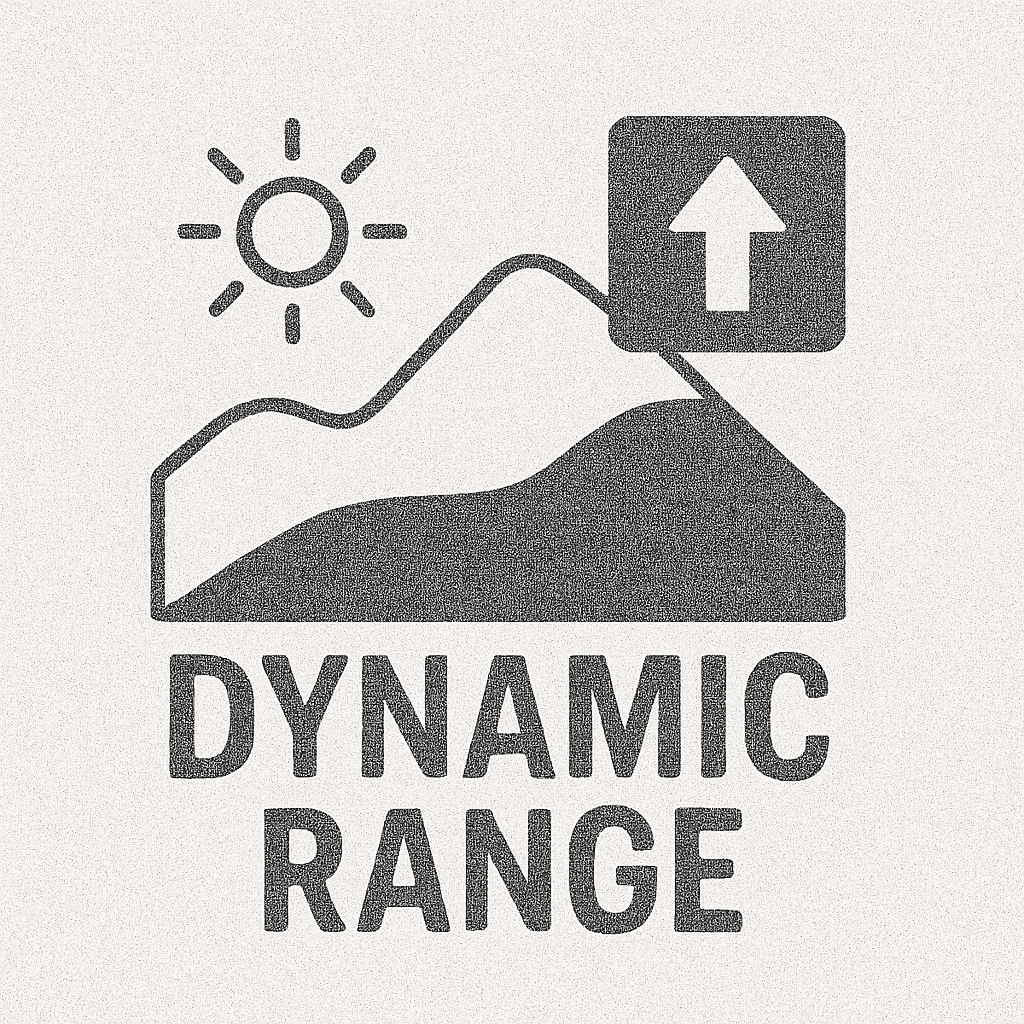
Infrared LEDs Flash Range
Learn what is the maximum distance the infrared LEDs can illuminate at night for clear images
A camera sensor’s ability to capture details in both the brightest and darkest areas of a scene, crucial for trail cameras in outdoor environments.

Dynamic range is an essential concept in both photography and trail camera technology, referring to the ability of a camera’s sensor to capture details across the brightest and darkest parts of a scene. This glossary article will delve deeply into dynamic range, its significance in trail cameras, technical aspects, and practical applications to ensure a thorough understanding of the topic.
Dynamic range, in the context of imaging, measures the range of light intensities a camera sensor can capture while retaining detail, from the darkest shadows to the brightest highlights. It is often expressed in “stops,” where each stop represents a doubling or halving of light intensity. A higher dynamic range allows a camera to handle more contrast between light and dark areas in a single frame.
In trail cameras, dynamic range is crucial due to the challenging lighting conditions commonly encountered in outdoor environments. These can range from brightly lit open fields to dense forests with deep shadows. For example, a trail camera set up to monitor wildlife in a clearing at sunrise must capture the bright sky and the dimly lit surroundings without losing detail in either.
Dynamic range directly impacts how effectively trail cameras perform in various lighting scenarios. Here’s a detailed breakdown of its practical applications:
Example: A trail camera placed at a forest clearing during sunrise captures both the brightly lit clearing and the shadowed forest floor, ensuring that neither area is underexposed or overexposed.
Use Case: A trail camera with high dynamic range captures nocturnal wildlife without overexposing areas near the infrared flash or underexposing distant objects.
Use Case: A trail camera monitoring a game trail captures a running deer at twilight without motion blur or loss of detail, thanks to its ability to adapt to changing light.
Example: A trail camera at a waterhole captures both the sparkling water surface and the shaded foliage, providing a detailed and balanced image.
Several technical factors influence the dynamic range of trail cameras:
| Factor | Description |
|---|---|
| Sensor Sensitivity | Modern trail cameras use advanced sensors with increased quantum efficiency to capture a broader range of light intensities, improving performance in low-light settings. |
| Signal-to-Noise Ratio | A high SNR minimizes noise in shadowed areas and enhances detail in highlights, which is especially important for nighttime photography. |
| HDR Imaging | Some cameras employ High Dynamic Range (HDR) technology, combining multiple exposures to create a single image with balanced brightness and contrast. |
| Image Processing | Advanced algorithms, like local tone mapping, adjust brightness and contrast in specific areas of an image, ensuring optimal exposure across the frame. |
Select Cameras with High Dynamic Range
Use HDR Mode
Adjust Camera Placement
Maintain Equipment
Dynamic range is a key feature that significantly enhances the performance of trail cameras in capturing high-quality images and videos under diverse lighting conditions. For hunters, researchers, and nature enthusiasts, understanding and leveraging dynamic range can greatly improve the effectiveness of trail cameras in monitoring wildlife and gathering data.
This detailed exploration of dynamic range underscores its importance in trail camera technology and offers practical insights for users to optimize their camera setups.
Discover our selection of trail cameras designed to handle challenging lighting conditions with superior dynamic range.
Dynamic range refers to a camera sensor's ability to capture details in both bright and dark areas of a scene, crucial for maintaining image quality in high-contrast environments.
Dynamic range ensures that trail cameras can capture clear and detailed images in challenging lighting conditions, such as bright sunlight and deep shadows.
HDR (High Dynamic Range) combines multiple exposures into a single image, enhancing the camera's ability to capture details across a wide range of light levels.
Key factors include sensor sensitivity, signal-to-noise ratio (SNR), HDR capabilities, and advanced image processing algorithms.
Yes, a higher dynamic range helps trail cameras balance the contrast between illuminated areas and darker surroundings, resulting in clearer nighttime images.

Learn what is the maximum distance the infrared LEDs can illuminate at night for clear images
Understand Range Control in trail cameras, its importance for motion detection, and how to adjust it for wildlife monitoring, security, and research purposes.
Understand the concept of flash range in photography and wildlife monitoring, its influencing factors, and how to optimize it for better nighttime illumination and image quality.